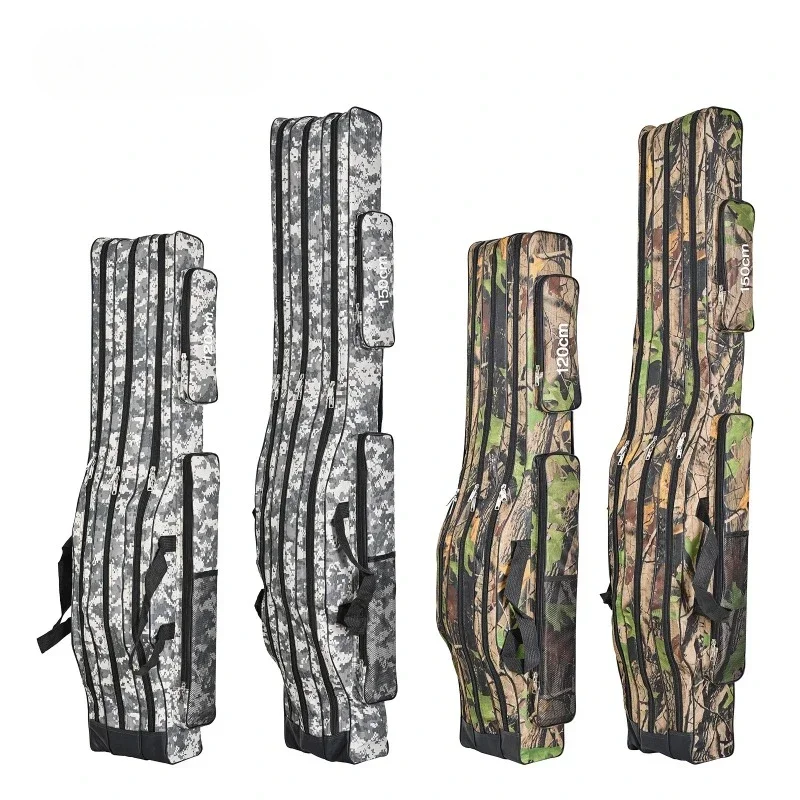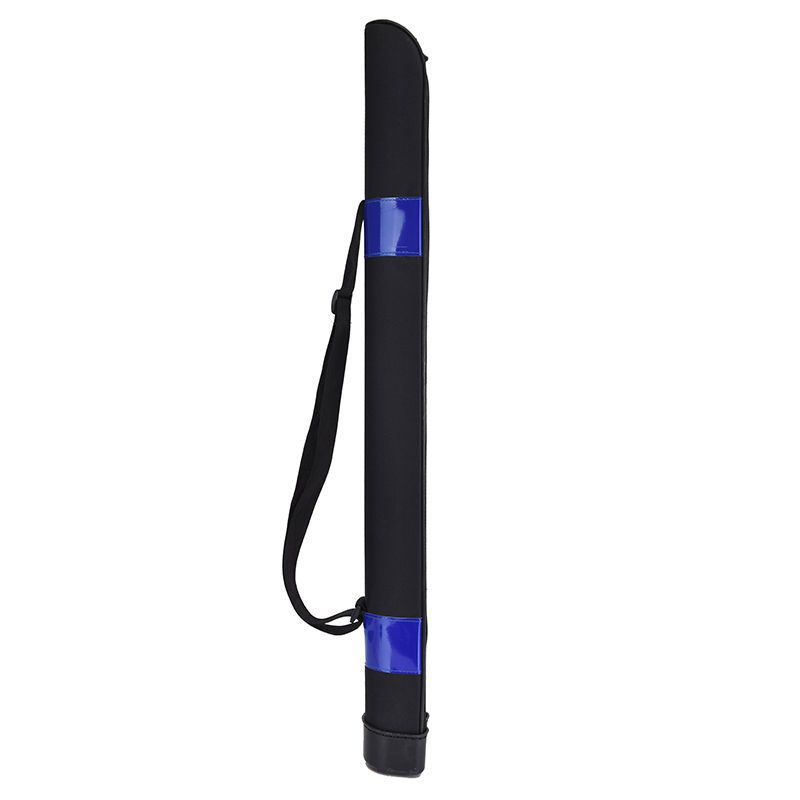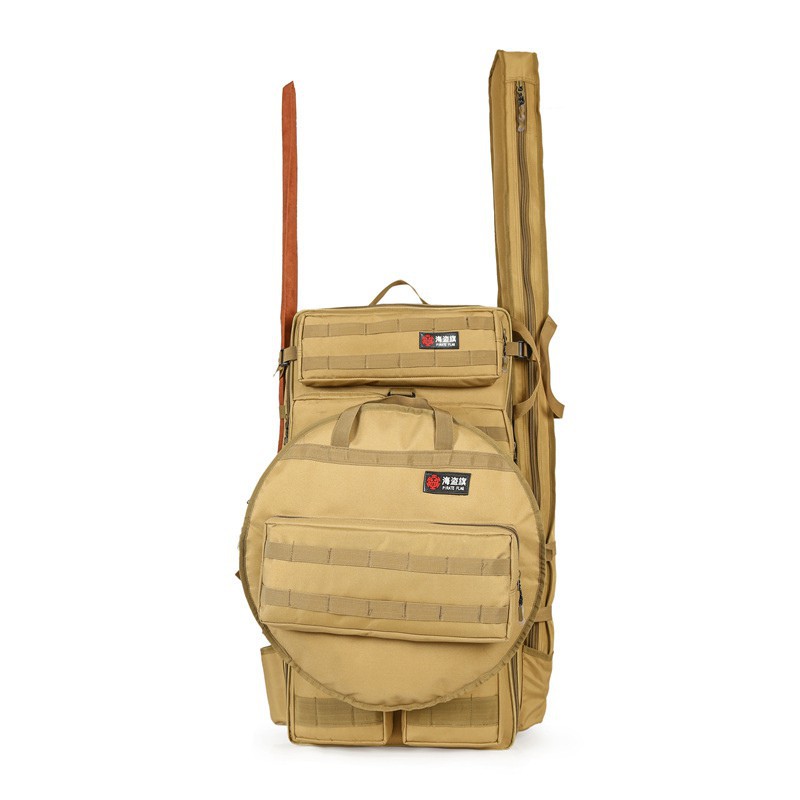For novices, choosing a suitable fishing bag is an important step in starting a fishing journey. A suitable fishing bag can not only effectively protect fishing gear, but also improve the convenience and comfort of fishing. Here are some tips to help newbies choose a suitable fishing bag:
1. Clarify needs
First, you need to clarify your fishing needs. For example, do you mainly do freshwater fishing or saltwater fishing? How much fishing tackle do you expect to bring? Do you have extensive activities that require you to carry fishing bags frequently? Knowing these needs will help you choose the right fishing bag.
2. Choose the appropriate size and capacity
The size and capacity of your fishing bag should be chosen based on the amount and type of fishing tackle you have. If you only carry one or two fishing rods and some basic fishing gear, a small, lightweight fishing bag will suffice. But if you need to carry a large amount of fishing gear such as multiple fishing rods, baits, and fishing lines, then you need to choose a fishing bag with large capacity and multiple pockets. The following are the usage scenarios corresponding to different styles of fishing bags for reference when purchasing:
Big belly bag: If you plan to carry out long-term, long-distance sea fishing or large-scale freshwater fishing, a big belly bag is a good choice. They are large in capacity and designed with multiple compartments and pockets for easy sorting of multiple rods and large amounts of fishing tackle.

Hand rod bag: lightweight and compact, suitable for carrying one or a few hand rods, suitable for short-distance, light-packed stream fishing or pond fishing. Hand pole bags are usually designed to be compact and easy to carry and move.

Tackle Bags: If you’re going to be fishing from a pier or boat in lakes, reservoirs, or other water bodies, a tackle bag is a more suitable choice. They are designed to accommodate all the necessary fishing gear for this type of fishing.
Multifunctional fishing gear bag: Large capacity, can store fishing gear and camping equipment at the same time, suitable for long-term outdoor fishing and camping activities.

3. Pay attention to materials and durability
The material of the fishing bag should be waterproof, wear-resistant, and tear-resistant. Common materials include nylon, polyester fiber, etc. These materials are both lightweight and durable. At the same time, you also need to pay attention to the workmanship and details of the fishing bag, such as whether the zipper is smooth and whether the stitching is firm.
4. Consider portability and comfort
The portability and comfort of your fishing bag are also factors to consider. If you need to walk or climb for a long time, it will be more convenient to choose a fishing bag with a carrying system. At the same time, the design of the shoulder straps and handles also needs to be considered to ensure that they fit your body comfortably and reduce your burden.
5. Brand and price
Brand and price are also factors to consider when choosing a fishing bag. Well-known brands usually have better product quality and after-sales service, but the prices are also relatively high. It is a wise choice to choose a cost-effective fishing bag according to your own budget. Do not blindly pursue high-end brands.
6. Other functions
In addition to the above points, you can also consider some other features, such as
- whether the fishing bag has a compartment design to facilitate you to store fishing gear in categories
- whether it has a waterproof cover to protect your fishing gear from rain
- whether it is equipped with a fishing net bag Or fish protective bag and other accessories, which can facilitate you to store the caught fish
- whether it has intelligent positioning function, it can help users quickly find the location of the fishing bag when fishing in the wild, avoiding losing important items due to forgetting or getting lost, or losing important items in multiple places when fishing in the wild. In scenarios where people are fishing together, the intelligent positioning function can also help team members share location information and improve team collaboration efficiency
- whether reflective materials are used on fishing bags, this can provide an obvious reflective effect at night or in low-light environments. , remind others to pay attention to their position. When fishing at night or in low-light environments, the reflective function can improve user safety and avoid accidents due to poor visibility
In summary, choosing a suitable fishing bag requires considering several factors, including needs, size and capacity, material and durability, portability and comfort, brand and price, and other features. By taking these factors into consideration, you can find a fishing bag that is both suitable for you and cost-effective, adding more fun to your fishing trip.